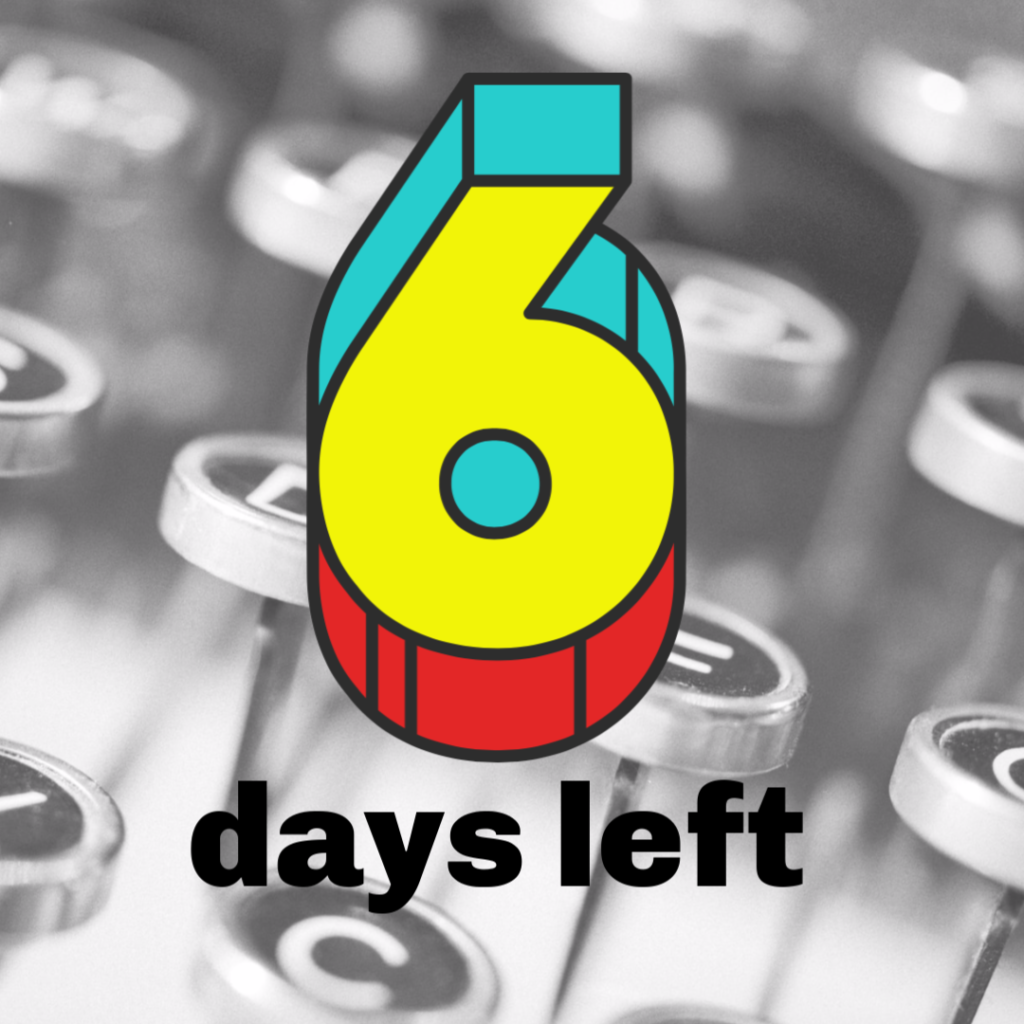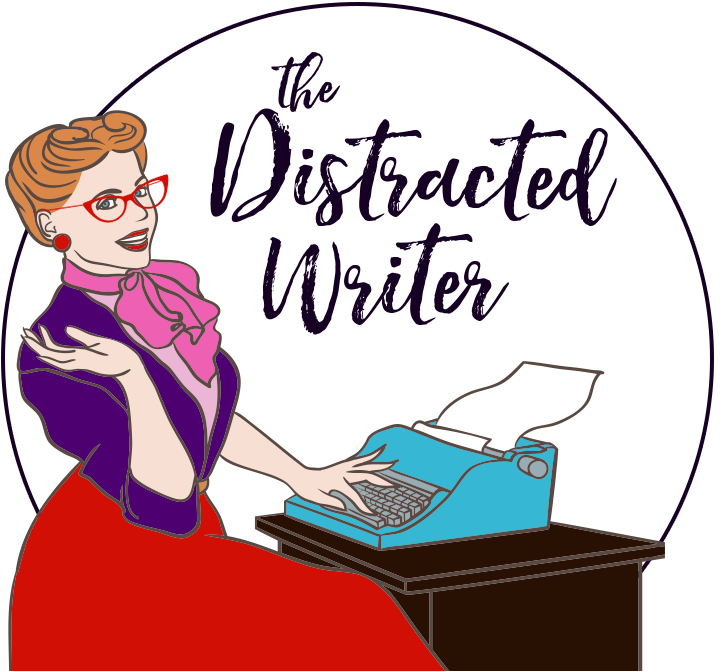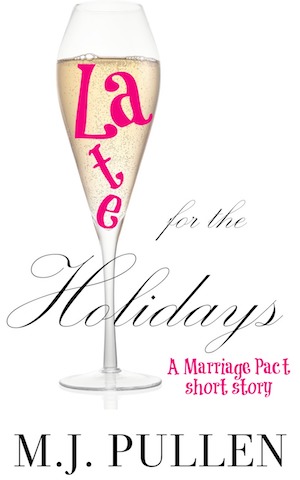Welcome to the week-long Distracted Writer #NaNoWriMo Preparation Countdown! If you’re new to the blog or NaNoWriMo, start with the first post.
NaNoWriMo starts on Friday, and I’m busy (a) finishing up edits on another book so I can be free to start drafting, and (b) preparing my story so when November 1st hits, I can hit the keyboard running.

Prep List for Day -6
If you’ve already broken the news to your family and begun jotting down story ideas as I suggested in the previous post, Day -6 is the time to begin getting to know your characters.
Now, I admit, I debated whether to put character or plot first on this list, because–as all writers know–it’s pretty much a chicken-and-egg situation. Plot, character and emotion all move in cycles to create good story. You can’t have one without the other two.
The reason I’m suggesting you start with character, is that developing character is a task both plotters and discovery writers (pantsers) can appreciate equally. And I believe–on some fundamental, primal level–that all story springs from the basic humanity of both the writer and her characters.
If we had time, I could teach a whole seminar on character arc and development, (or I could take the shortcut of simply having you read Lisa Cron’s Story Genius). But since this blog is written to be read less than a week before you start your novel, let’s keep speed and efficiency at the forefront.
As you think of your story’s heroes, villains, love interests, protagonist, and antagonist, I recommend making short character sketches of the key people in your story in advance. You don’t have to stick to your notes, but it’s nice to have the basics down before you start writing. That way you won’t get sidelined during a NaNoWriMo writing sprint because you can’t think of a German name that means “flower.”
I, personally, am not a huge fan of character “dossiers” or long interviews that include things like your hero’s porn star name, favorite color, and childhood pets. Unless those things are a big part of the story, stopping to think about them will only bog you down. I like to keep my character sketches fundamental, and then add details as the story demands it. For NaNoWriMo purposes, you may want to keep these in a document on your desktop, Scrivener, or a handy, old-school stack of index cards.
Which Characters?
That’s a great question. Yes, it’s helpful to know a little bit about every character in your book, if only so that you don’t get the details confused from one scene to the next. On the other hand, secondary characters can (IMHO) always be cleaned up in post. The characters you may want to flesh out before you start writing are:
- Your story’s hero (also called the main character or protagonist — even though those terms don’t mean exactly the same thing). For NaNoWriMo purposes, this is the main character to whom the primary story belongs. If you have multiple main characters, it’s usually the one whose perspective readers get first.
- Your story’s villain/antagonist. The antagonist is the character or force that puts obstacles in your main character’s way, forcing him or her to grow. When the antagonist is a person who bears your hero some amount of ill will, we call that person the villain. But the antagonist is isn’t always a bad person–in many romance novels, the love interest is the antagonist–and in fact, isn’t always a person at all. It could be an institution, nature, God, circumstance, or even a part of your hero herself.
- The love interest. (Self-explanatory, yes?)
- Key supporting characters. For our purposes, this will include anyone whose presence is fundamental to the telling of your story. The boss who pits one coworker against another. The best friend who helps your hero overcome something. The sibling who creates a crisis that must be resolved. The mentor who gives the hero advice. The Scarecrow, Tin Man and Lion.
Here’s the information I typically consider essential:
- Character Name (First & Last)
- Where are they from? What language to they speak? Accent? Family?
- Key Physical Details (include things most likely to impact the story or be noticed by other characters – tall/short, skin color, hair length/style, hair color, eye color, prominent features, physical disabilities, etc.)
- Relationship & Family Status (at the beginning)
- Who is your character when the story starts? What does he care about? What does she want most in the world (external goal)?
- How has your character been wounded (psychologically and emotionally, as well as sometimes physically)? What did those wounds teach her about life?
- What is your character’s biggest fear and why? What would it mean to have to face that fear?
- Who will your character become by the end of the story? How will she be transformed by the trials and tribulations of the plot?
- What will be your characters new goal by the end of the story? How will his priorities and values change?
Some other ways to get to know your character before starting the story:
- Look for pictures online of people who remind you of your character. I often find an actor or two who remind me of my characters and use their pictures as a reminder/inspiration when writing.
- If you’re writing a character whose physical appearance is unusual or entirely made up, consider taking a shot at sketching it out yourself. Remember, this is just for you, no one else has to see it!
- Make a Pinterest mood board with pictures that remind you of your characters. It doesn’t have to be just physical appearance, but other details like hobbies, passions, or even abstract representations of feeling. Whatever inspires you. This is great to do for the setting as well, or just to set the mood for the whole book.
- Write (or rehearse in the mirror) a short speech in your character’s natural voice, about his view on life, her external goals, or even his personal history. This isn’t a speech that will go in your book, but help you understand the character better.
Remember that you’ll come back to edit and add to your character sketches as the story goes on, but having a well-developed sense of who you want them to be makes writing their stories so much easier.

Keep Writing.
Get tips, publishing perspectives and occasional rants delivered to your inbox. Sign up for my newsletter (click the “Tips for Writers” checkbox). And don’t forget to Like & Follow The Distracted Writer Facebook Page for updates and tips in your feed.
Sign up for M.J’s Mailing list & read Late for the Holidays FREE! Sign Me Up!


